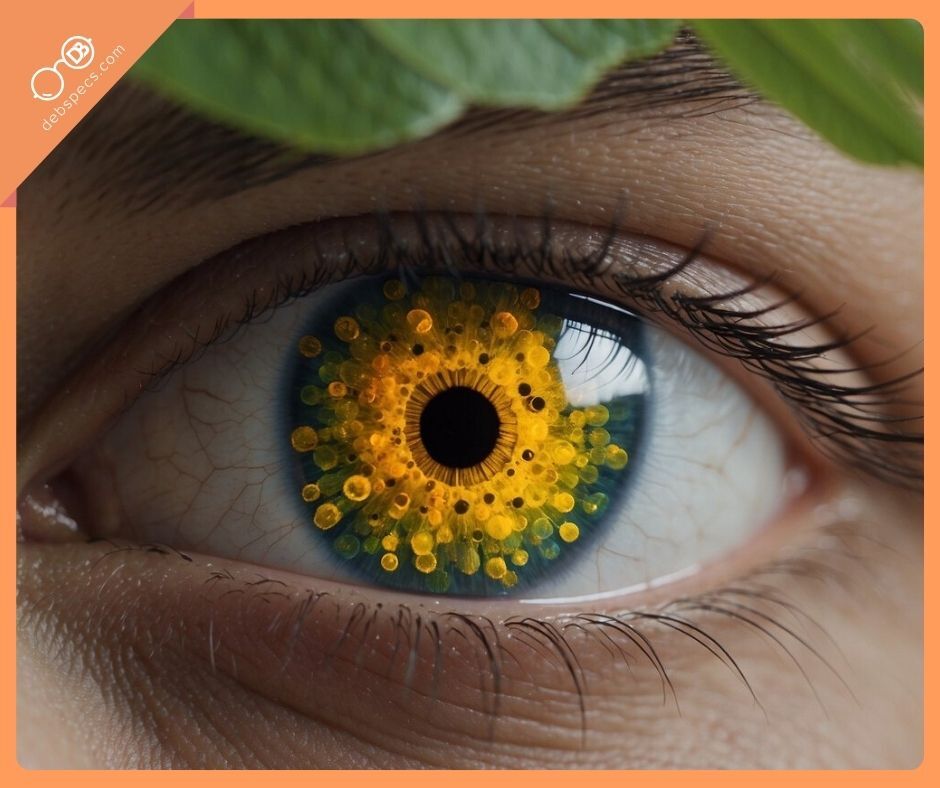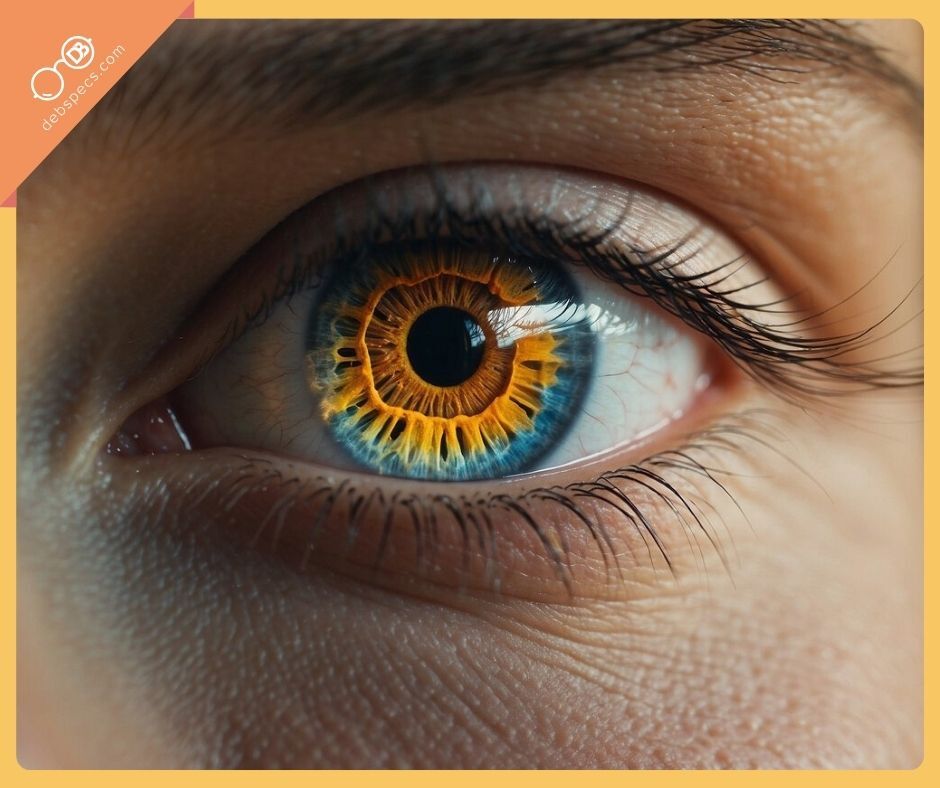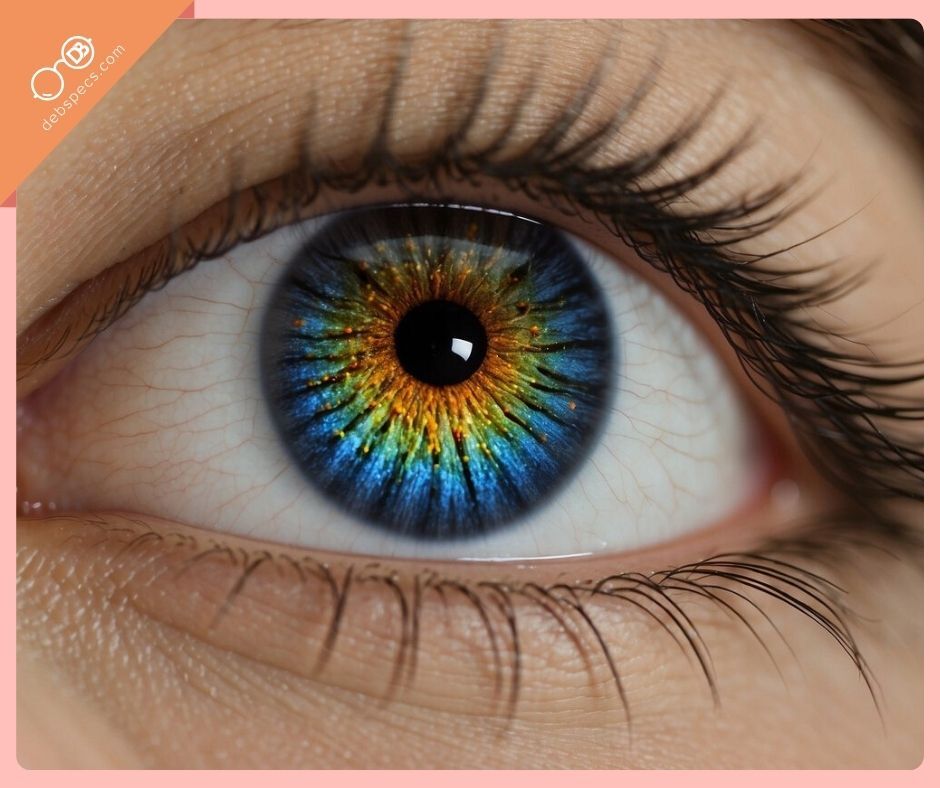
What are the 3 types of color blindness called? Understanding the Variations and Impact
Posted by Team Debby on 8th Jun 2024
Color blindness, also called color vision deficiency (CVD), affects how a person sees colors. Contrary to popular belief, most people with color blindness don’t live in a grayscale world. Instead, they see colors differently—some shades blur together, while others lose their vibrancy.
About 1 in 12 men and 1 in 200 women worldwide experience some form of color blindness. Let’s break down what it is, how it affects daily life, and even how fashion is adapting to make style more inclusive.

Types of Color Blindness
Not all color blindness is the same. The condition ranges from mild to severe and falls into three main categories:
Red-Green Color Blindness (Most Common)
- Protanopia: Missing red cones; reds may look like black or gray.
- Protanomaly: Red cones work poorly; reds look dull, greens less vibrant.
- Deuteranopia: Missing green cones; reds and greens are hard to tell apart.
- Deuteranomaly: Most common; greens shift toward red.
Blue-Yellow Color Blindness (Less Common)
- Tritanopia: Missing blue cones; blues and greens look similar, yellows fade into violet or gray.
- Tritanomaly: Blue cones don’t function well; blues blur with greens, yellows mix with reds.
Complete Color Blindness (Rare)
- Achromatopsia / Monochromacy: No color vision at all—only black, white, and gray. Often paired with light sensitivity and reduced sharpness.

Bringing Color Understanding Into Practical Vision Choices
As the article explains, different forms of color blindness can influence how certain hues appear, which may subtly affect comfort and clarity during close tasks. Readers designed with balanced contrast and steady focus can help support more comfortable visual processing, especially when distinguishing fine details. The options below show how these principles can translate into everyday reading support.
Causes of Color Blindness
Color blindness can be inherited or acquired later in life.
Genetic (Inherited)
- Passed down on the X chromosome—which is why men are more affected.
- More common in people with Northern European ancestry.
- Types include protanomaly, deuteranomaly, and tritanomaly.
Acquired (Developed Later)
- Diseases: Diabetes, multiple sclerosis, leukemia, Alzheimer’s disease.
- Trauma: Injury to the eye or brain.
- Medication side effects: Some drugs can alter color perception.

How Color Blindness is Diagnosed
Eye care professionals use specialized tests:
- Ishihara Test: Number patterns hidden in dots of different colors.
- Farnsworth Lantern Test: Identifies both red-green and blue-yellow deficiencies.
- Comprehensive Eye Exam: Helps rule out related health issues.

Living with Color Blindness
Color blindness isn’t life-threatening, but it can make daily tasks more complicated.
Everyday challenges include:
- Traffic signals: Relying on light position instead of color.
- Shopping: Struggling with clothes, produce, or makeup shades.
- Cooking: Difficulty judging meat doneness or fruit ripeness.
- Charts and maps: Trouble reading color-coded info.
Adaptation strategies include:
- Color-blind glasses (like EnChroma): Enhance color contrast for some users.
- Technology: Apps that identify colors or adjust screen settings.
- Labels and markers: Using text, textures, or symbols instead of just colors.
- Contrast over color: High-contrast designs are easier to navigate.
- Sunglasses: Helpful for those with light sensitivity.

Fashion and Color Blindness
Style should never feel out of reach—even if colors play tricks on your eyes.
Challenges in fashion:
- Matching clothing shades (like navy vs. black).
- Identifying subtle color variations (burgundy vs. brown).
Inclusive fashion solutions:
- High-contrast combinations: Pairing light and dark shades for clarity.
- Patterns and textures: Helping distinguish clothing beyond color.
- Color-labeled tags: Some brands are adding clear descriptors to garments.
- Apps for outfit planning: Digital tools that scan and name colors.
Fashion tip: When in doubt, build a wardrobe around versatile neutrals (black, white, gray, navy, beige) and add pops of color with accessories your trusted friend—or app—can help verify.

Management and Emerging Treatments
While there’s no cure yet, several tools can make life easier:
- Corrective glasses: Filter light to enhance color perception.
- Tinted contacts: Less common, but function similarly.
- Gene therapy (experimental): Research shows promise in restoring color vision in the future.
|
Management Tool |
Example |
Purpose |
Availability |
|
Glasses |
EnChroma |
Enhance red-green differentiation |
Available now |
|
Contacts |
Tinted lenses |
Improve contrast |
Limited use |
|
Medical |
Gene therapy |
Potential permanent fix |
In research |

Current Research
Scientists are exploring:
- Gene therapy: Replacing faulty genes in the retina.
- Better diagnostics: Earlier, more accurate testing.
- Tetrachromacy: Studying people with four cone types for clues to expanded color perception.
Myth vs. Fact
- Myth: Color blindness means seeing only in black and white.
Fact: Most people with color blindness can see colors, just not the same way others do. - Myth: Only men can be color blind.
Fact: Women can also have color vision deficiency, though it’s less common. - Myth: Color-blind glasses “cure” color blindness.
Fact: Glasses may improve contrast for some people but don’t restore normal vision.
TL;DR
Color blindness affects how people perceive colors, most often blurring reds and greens. It can be inherited or acquired later in life. While there’s no cure, glasses, apps, and high-contrast designs make daily life easier. Fashion is catching up too, with inclusive design and tech-based styling aids.
FAQs About Color Blindness
Q: What’s the most common type of color blindness?
A: Deuteranomaly (green cones not working normally), affecting about 5% of men.
Q: How do doctors test for it?
A: The Ishihara test is most common, but more detailed exams exist.
Q: Can women be color blind?
A: Yes, but it’s rare (1 in 200 women) because it’s usually inherited through the X chromosome.
Q: Are there special glasses that fix it?
A: Glasses like EnChroma may help with contrast but don’t “cure” the condition.
Q: How does color blindness affect fashion?
A: It makes matching colors tricky, but high-contrast outfits, textures, and color-identifying apps can help.
✅ Bottom line: Color blindness changes how you see colors, not your ability to live stylishly. With the right tools and fashion tricks, you can still express yourself confidently—because great style is never out of reach.

